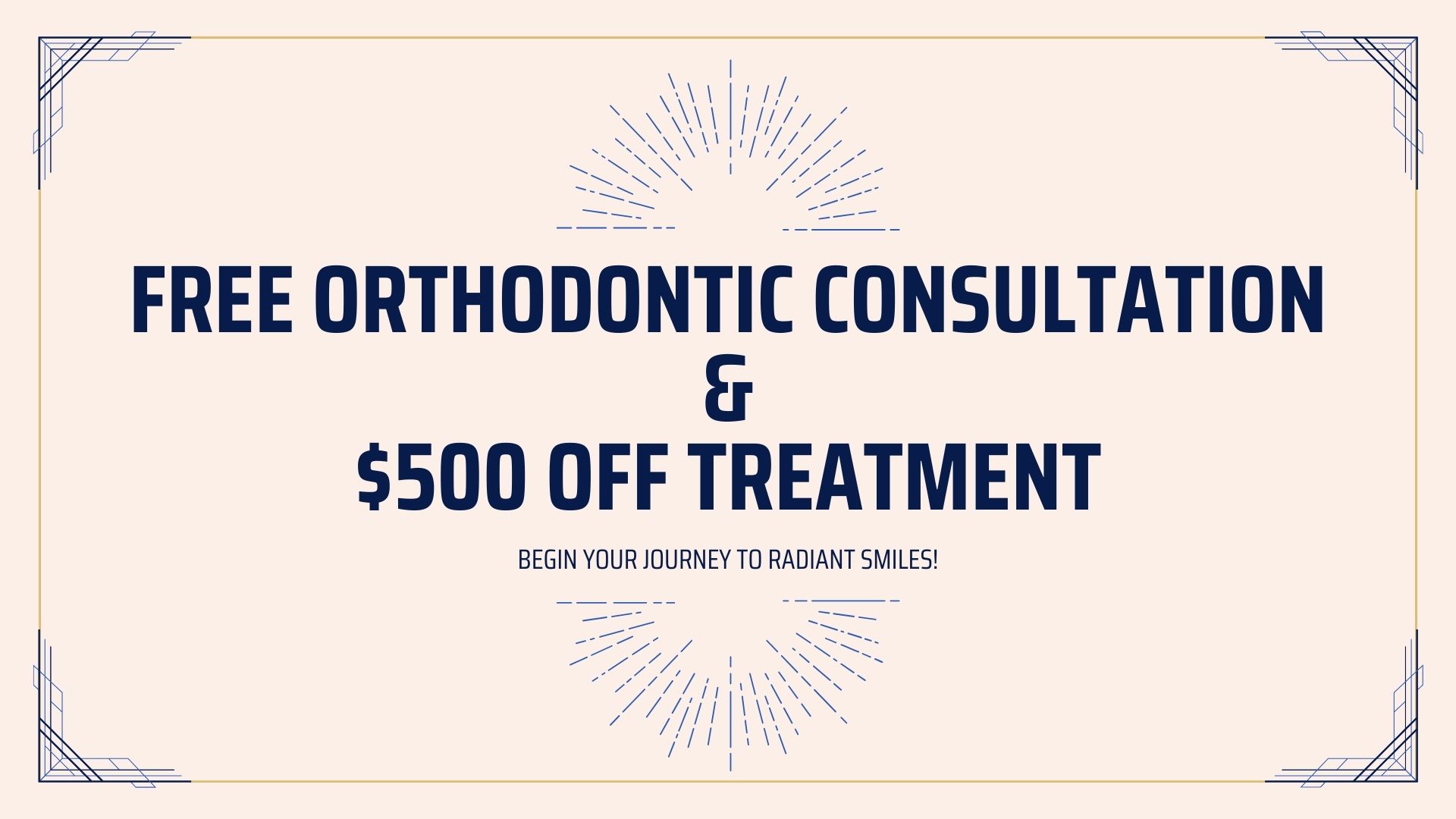Accidents happen, and one of the most common oral injuries is a broken tooth. Whether it’s due to a fall, a sports injury, or biting on a hard object, breaking a tooth can be painful and alarming. However, knowing what steps to take in such a situation can help minimize the damage and ensure proper treatment. This article will guide you through the essential steps to take if you break a tooth, ensuring your oral health remains intact.
Step 1: Stay Calm and Assess the Damage
Breaking a tooth can be a distressing experience, but it’s important to stay calm. Take a moment to assess the extent of the damage. Is the tooth chipped, cracked, or completely shattered? Is it a front tooth or a back tooth? Understanding the severity and location of the fracture will give you a better idea of the necessary steps to follow.
Step 2: Rinse Your Mouth
After assessing the damage, gently rinse your mouth with warm saltwater. This will help cleanse the area and reduce the risk of infection. Be cautious not to swallow any large pieces of the broken tooth while rinsing. If there is bleeding, apply gentle pressure with a piece of gauze or a clean cloth until it stops.
Step 3: Save the Broken Tooth Pieces
If feasible, try to locate and save the broken tooth fragments. Rinse them with water without scrubbing or removing any attached tissue. Place the pieces in a clean container filled with milk or your saliva. The saved pieces may be useful for reattachment, depending on the severity of the fracture and the availability of prompt dental care.
Step 4: Manage Pain and Swelling
A broken tooth can cause pain and swelling. To alleviate discomfort, you can take over-the-counter pain relievers like acetaminophen or ibuprofen. Applying a cold compress on the affected area from the outside of your mouth can help reduce swelling. This approach can be especially useful in cases of facial trauma.
Step 5: Contact Your Dentist Immediately
Since time is of the essence when dealing with a broken tooth, it’s crucial to contact your dentist as soon as possible. Explain the situation and request an emergency appointment. Many dental offices allocate time each day for urgent cases, including dental injuries. The sooner you seek professional help, the better the chances of saving your tooth.
Step 6: Handle the Broken Tooth Properly
While waiting for your dental appointment, it’s essential to handle the broken tooth with care. Avoid touching the root or any sensitive areas. If the tooth is partially dislodged, try gently biting on a clean piece of gauze or cloth to keep it in place. However, be cautious not to swallow the tooth or bite down too hard, which could cause further damage.
Step 7: Temporary Measures for Discomfort
If you experience sensitivity or discomfort, you can temporarily cover the broken tooth with over-the-counter dental cement or orthodontic wax, which are readily available at most drugstores. These products can help protect the exposed tooth area until you receive professional dental care.
Step 8: Follow the Dentist’s Recommendations
During your dental appointment, your dentist will evaluate the extent of the damage and recommend the appropriate treatment. This may involve procedures such as dental bonding, dental veneers, dental crowns, or root canal therapy. Follow their recommendations closely to ensure optimal healing and the best possible outcome for your broken tooth.
Step 9: Take Preventive Measures
Once your broken tooth is restored, taking preventive measures will help minimize the risk of future dental injuries. Avoid biting or chewing on hard objects, such as ice or pens, and prioritize an oral care routine that includes brushing twice a day, flossing daily, and regular dental check-ups.
Conclusion
Breaking a tooth can be a distressing experience, but knowing the correct steps to take can make all the difference. By staying calm, rinsing your mouth, saving the broken tooth pieces, managing pain and swelling, contacting your dentist immediately, properly handling the broken tooth, considering temporary measures, following your dentist’s recommendations, and taking preventive measures, you can ensure the best possible outcome for your broken tooth and maintain your oral health.

